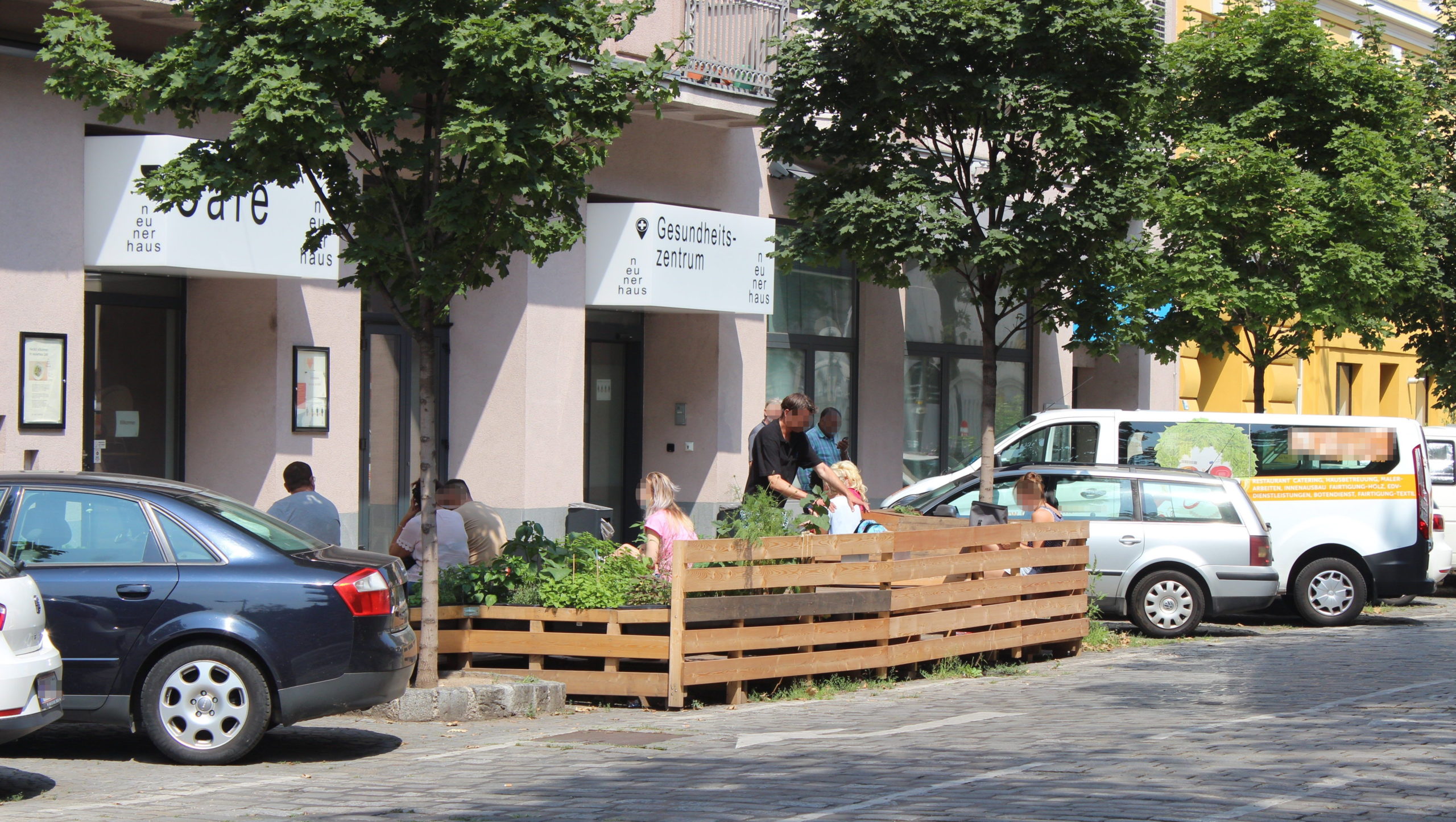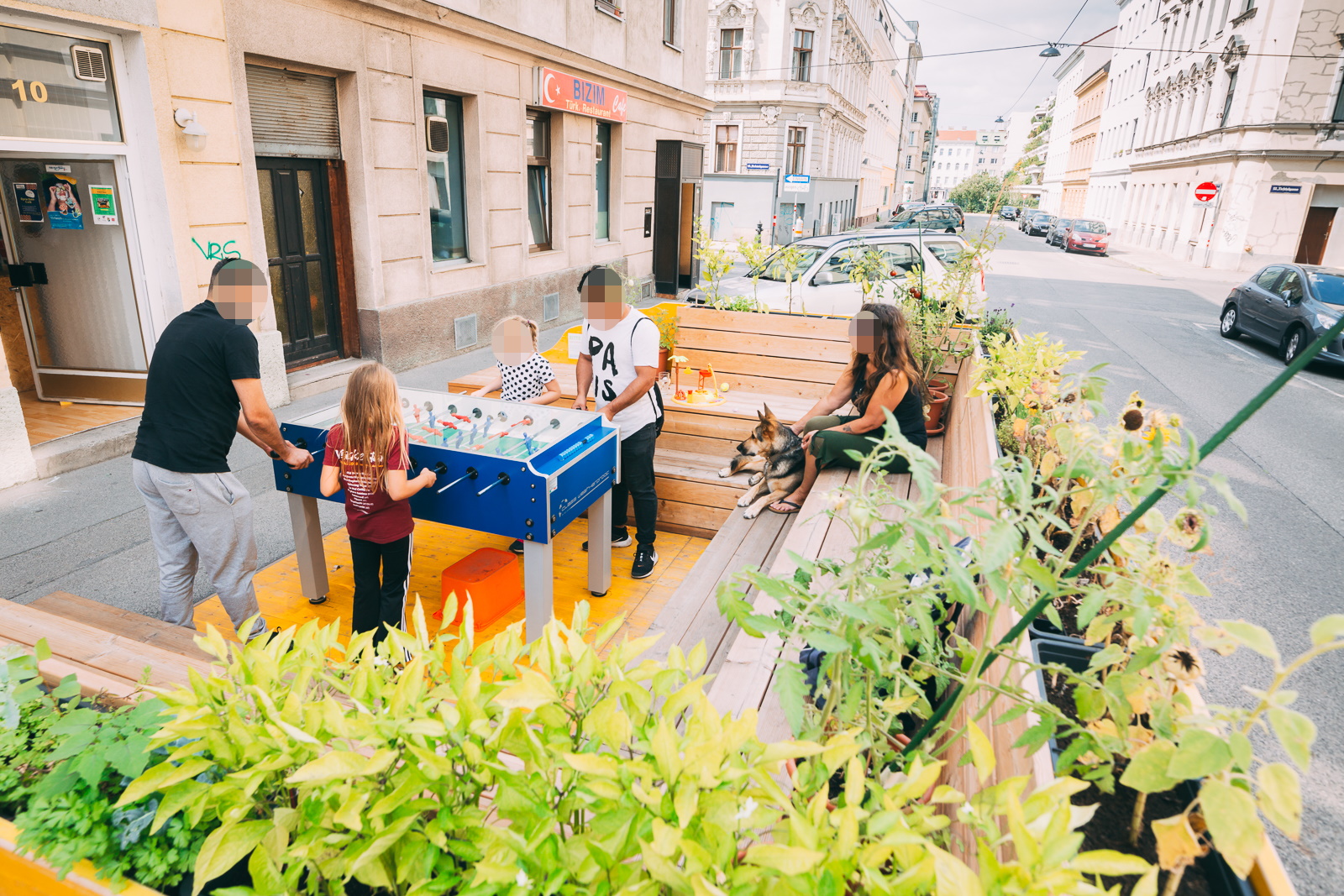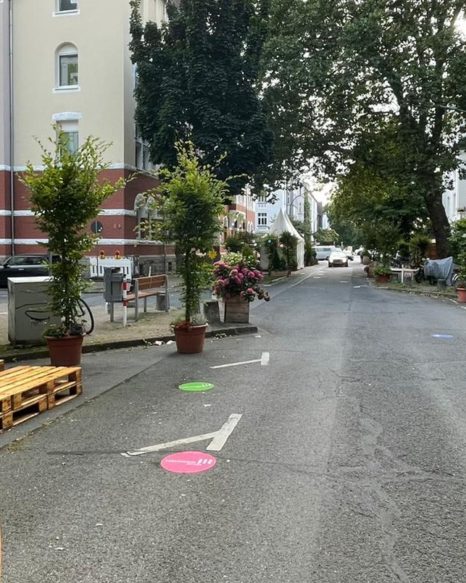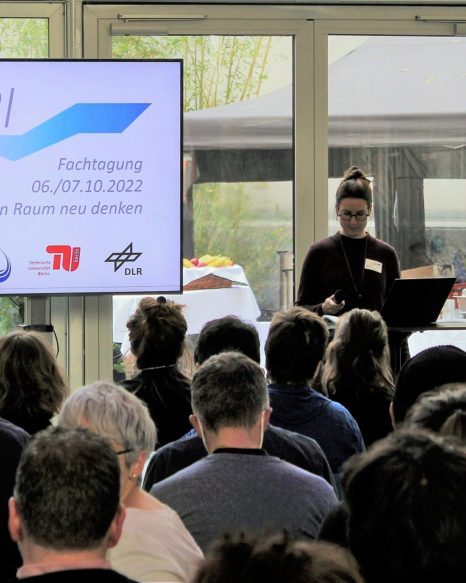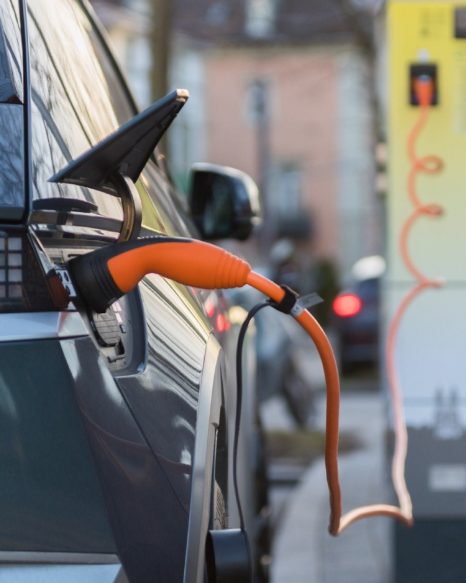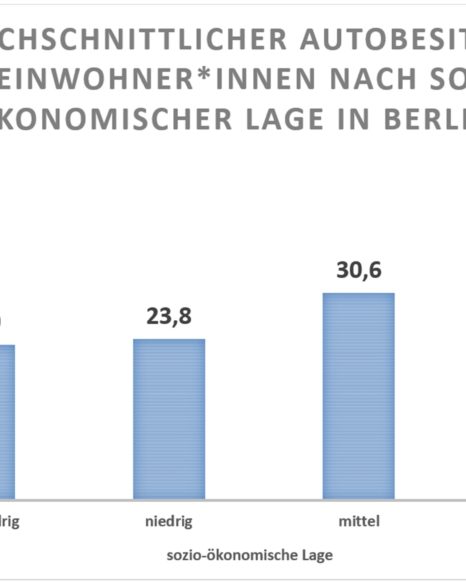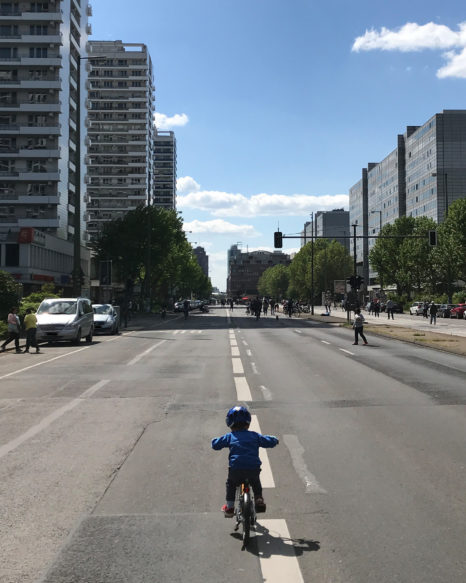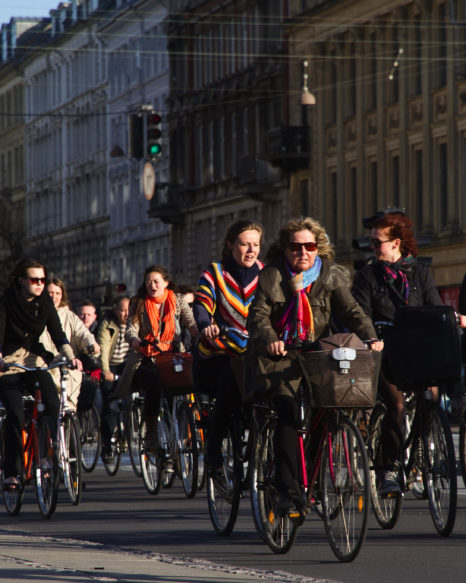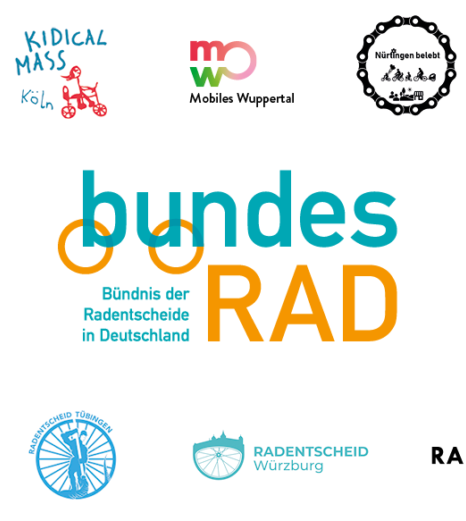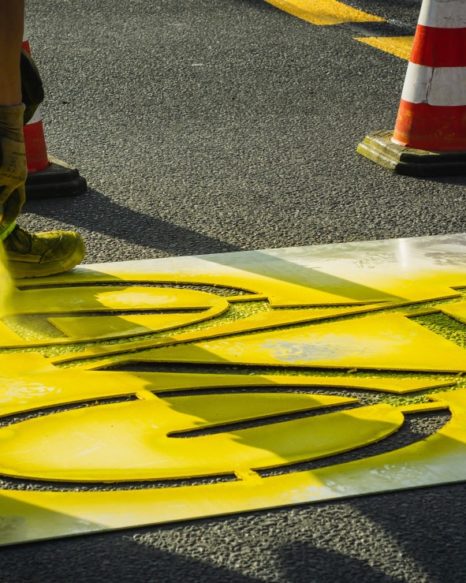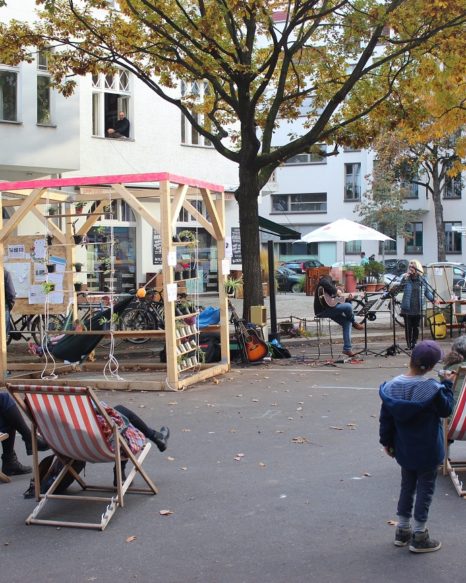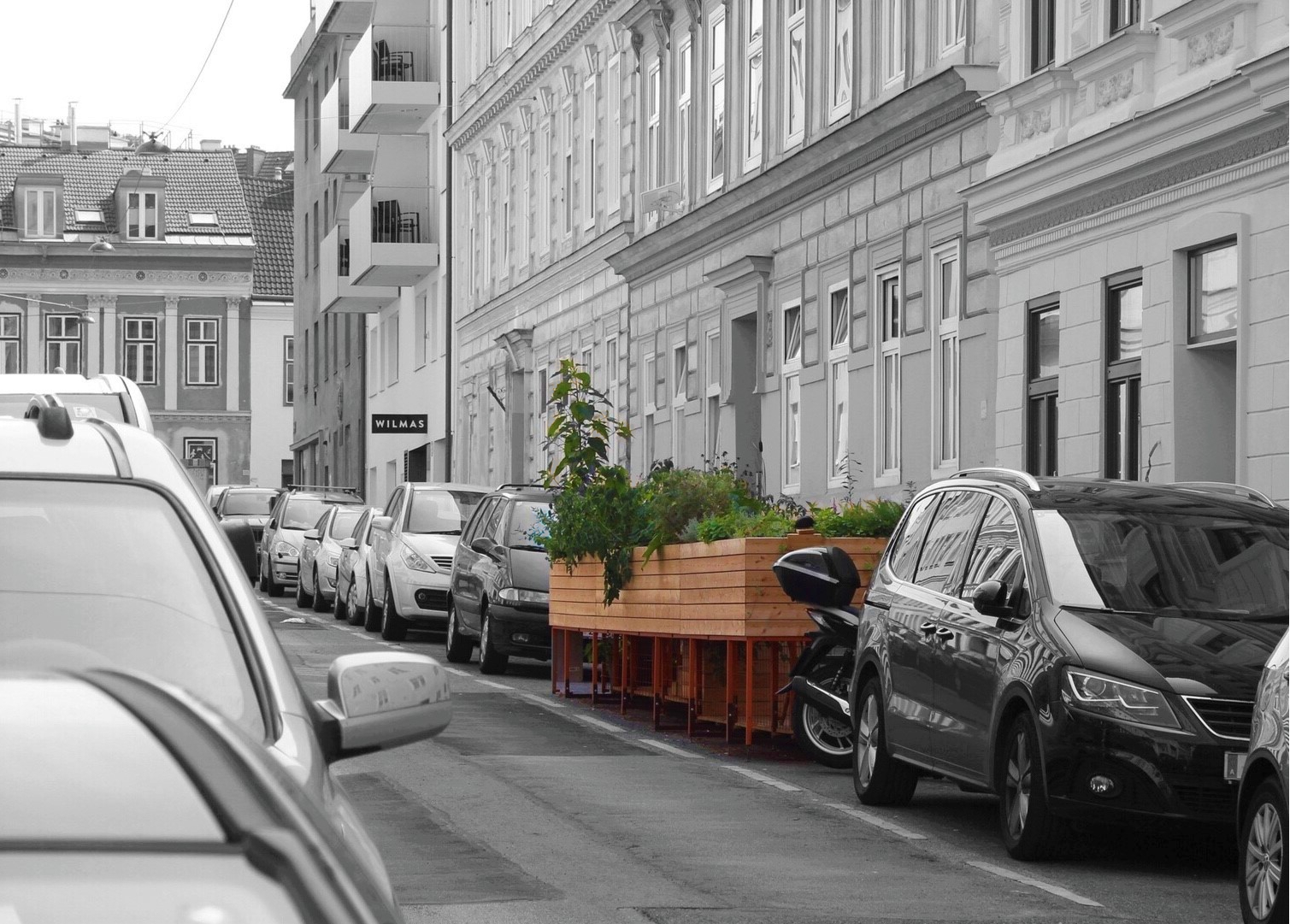
Footnotes
| ↑1 | BMUB – Bundesministerium für Umwelt, Naturschutz und Reaktorsicherheit (2017): Weißbuch Stadtgrün. Grün in der Stadt – für eine lebenswerte Zukunft. URL: https://www.bmi.bund.de/SharedDocs/downloads/DE/publikationen/themen/bauen/ wohnen/weissbuch-stadtgruen.pdf?__blob=publicationFile&v=3 [Published: 04.2017, Retrieved: 12.10.2020] |
|---|---|
| ↑2 | Nagel, R. (2020): Baukulturbericht. Öffentliche Räume. 2nd edition, Berlin: Medialis. URL: ... https://www.bundesstiftung-baukultur.de/sites/default/files/medien/8349/downloads/bsbk_bkb_2021_0.pdf |
| ↑3 | SenUVK - Senatsverwaltung für Umwelt, Verkehr und Klimaschutz (2018a): Mobilität in Städten – System repräsentativer Verkehrsbefragungen (SrV) 2018 - Mobilitätsdaten für Berlin. URL: https://www.berlin.de/sen/uvk/verkehr/verkehrsdaten/zahlen-und-fakten/mobilitaetin-staedten-srv-2018 [Published: Not specified, Retrieved: 15.10.2020] |
| ↑4 | SenUVK - Senatsverwaltung für Umwelt, Verkehr und Klimaschutz (2013): Mobilität in Städten – System repräsentativer Verkehrsbefragungen (SrV) 2013 - Mobilitätsdaten für Berlin. URL: https://www.berlin.de/sen/uvk/verkehr/verkehrsdaten/zahlen-und-fakten/mobilitaetin-staedten-srv-2013 [Published: Not specified, Retrieved: 15.10.2020] |
| ↑5 | Strößenreuther, H. (2014): Wem gehört die Stadt? Der Flächen-Gerechtigkeits-Report. Mobilität und Flächengerechtigkeit. Eine Vermessung Berliner Straßen. Berlin: Agentur für clevere Städte. URL: https://digital.zlb.de/viewer/metadata/15848079/1 |
| ↑6 | Nobis, C.; Kuhnimhof, T. (2018) Mobilität in Deutschland − MiD: Ergebnisbericht. Studie von infas, DLR, IVT und infas 360 im Auftrag des Bundesministers für Verkehr und digitale Infrastruktur. URL: https://elib.dlr.de/125879/1/MiD2017_Ergebnisbericht.pdf [Published: 02.2019, Retrieved: 2.12.2020] |
| ↑7 | Hennig, Y. (2020): Bühne statt Parkplatz! In: VCD. Mobilität für Menschen. URL: https://www.vcd.org/artikel/buehne-statt-parkplatz [Published: 8.09.2020, Retrieved: 14.10.2020] |
| ↑8 | Grätzloase (o.J.): Grätzloase – Wir verwandeln den Freiraum! URL: https://www.graetzloase.at [Published: Not specified, Retrieved: 20.07.2020] |
| ↑9 | Whyte, W. H. (1980): The Social Life of Small Urban Spaces. Washington, DC: The Conservation Foundation. |
| ↑10 | Gehl, J. (2015): Städte für Menschen. Berlin: jovis. |


